Wednesday, August 26, 2020
Vacations are the ideal time to spend time with your horse away from the arena and riding arena. After all, your horse also needs a change of scenery during this slack period. It's the perfect opportunity to try out new activities! These tips are also good to take if you want to get out of your daily routine with your horse, vary his activities in summer or if you feel like trying something new.
Today, we'd like to introduce you to a range of activities you can enjoy on horseback or on foot, with all the physical and psychological benefits they bring to your horse.
In some stables, horses don't have the opportunity to go to the paddock on a regular basis throughout the year. So this is the perfect time to let your horse get some fresh air in a paddock or meadow. This will create a new routine. Some people choose to leave their horse in a special meadow boarding facility for a period of 1 or 2 months, which is very rejuvenating for the horse. Beware, however, that prolonged meadowing can disuse your horse, especially on the croup and back. ISo you'll need to follow a gradual fitness protocol when your horse returns from pasture.
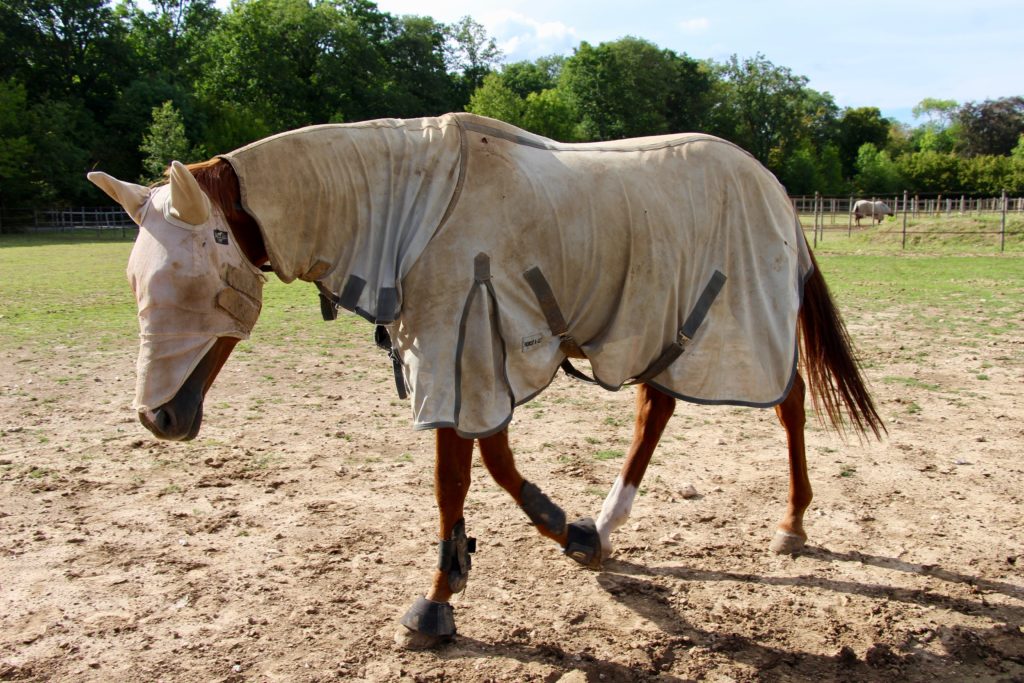
Some boarding stables offer herding packages. Of course, it can be very revitalizing for your horse to return to the "wild", free state. However, certain conditions must be met if you want to take the plunge and offer your horse the camp of his dreams:
Horses used to living in a stall should be put out to pasture gradually. If you don't feel like putting your horse out to pasture in a herd, you can also choose to put him in the paddock/meadow for a few hours a day. He won't be too unsettled.
During the summer season, it's essential to check that everything is running smoothly on a daily basis. Checking access tofresh water and a shaded area are a must. It's also important to check the state of the fence to avoid any kind of snagging or injury. In addition, undergrowth can cut off the available electricity supply and prevent the fence from fulfilling its role.
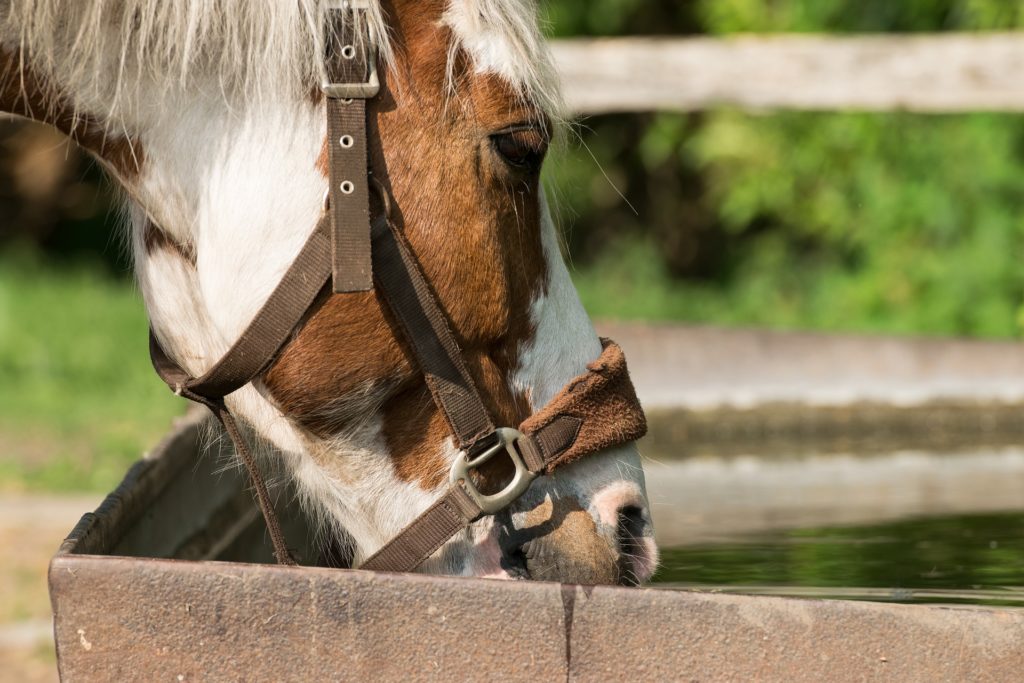
Having your horse in the meadow is also an opportunity to focus on grooming, care and behavior:
Taking your horse to the beach for a weekend or more is also an activity that can do your horse a lot of good. Before you set off, check with the seaside resorts to find out which beaches are authorized and which are forbidden, as well as the access times for horse riders. It's best to go at low tide. This allows you to take full advantage of the beach and the relatively "hard" ground for trotting and galloping.
A walk on the beach is also physically beneficial for your horse, as the sea water will help massage his limbs. Psychologically too, as the change of air is very rejuvenating. Beware of your horse's boots: it's not advisable to put them on at this time, as the swell could wash them away and you'd never see them again! Likewise, don't forget to wash off any salt residues with clear water and shower your horse after your outing.
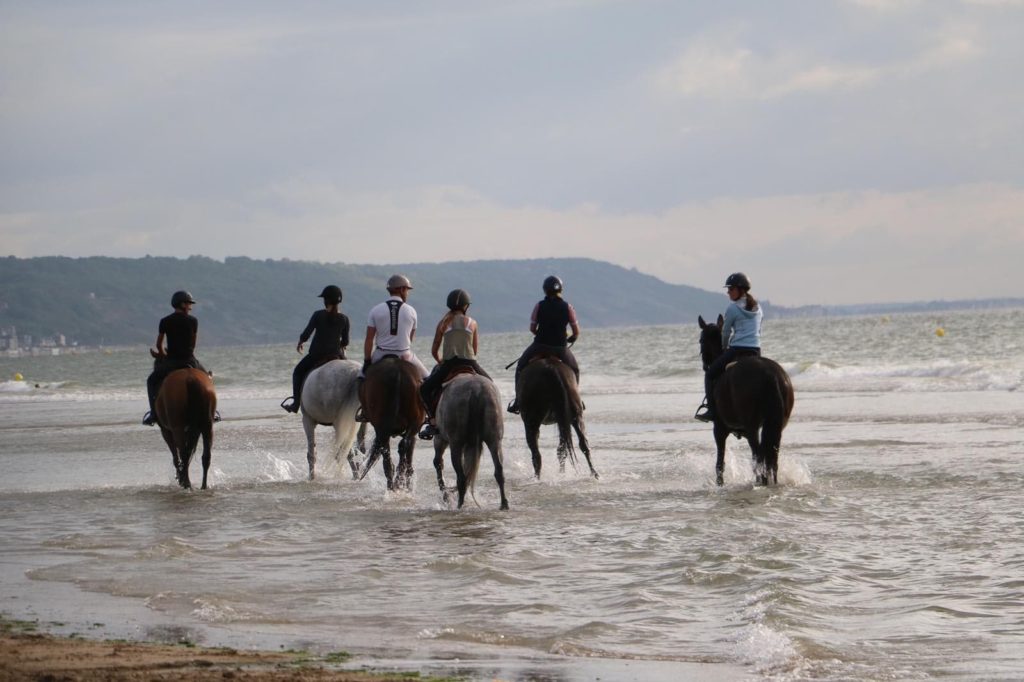
Sometimes, the beach can be very daunting for your horse. In this case, to avoid fear and stress, it's a good idea to take one or more experienced horses with you. This might also be a good opportunity to bring along some friends from the stable?
Tip:
Use your Seaver sensor to monitor yourcardiac effort of your horse's heart rate. An obvious increase in heart rate can indicate a peak of stress or excitement. It will help you understand your horse better. Alternatively, Seaver can help you better understand your horse's level of recovery after a wild gallop on the beach!
If you don't have any means of transport for your horse, consider going for a full-day ride, or even several days for the bravest. All you need to do is prepare your itinerary and panniers in advance, along with everything you'll need to eat and drink. If the days are hot, remember to find a watering place for your mount. If you're planning this outing, remember that it will help keep your horse in shape. If you're planning a long-distance ride, go for a walk.
Tip:
When you're out hiking, it's perfectly possible to launch a Seaver workout on your app. At the end, simply select the "Hiking" discipline to obtain the GPS track of your outing, the distance covered and your average speed!
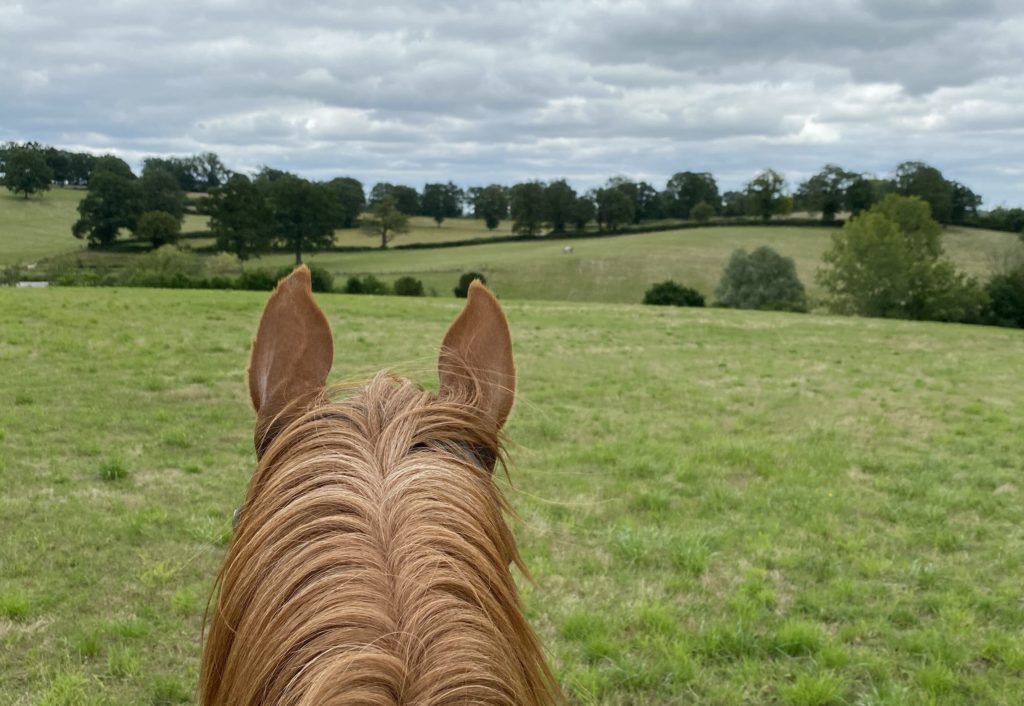
Working on foot, and more generally working with horses, is often neglected during the year, usually due to a lack of time. This is the perfect opportunity to spend time with your horse and improve your relationship.
Many courses are organized in France with ethologists, and it will be easy for you to find one near you. You can also draw inspiration from great books on ethology. The Natural Horse-Man-Ship by the famous Pat Parelli gives you plenty of exercises and interesting explanations of horse behavior.
Working on foot can be done in a riding school or arena, either loose or haltered. You can also improve your relationship with your horse on foot simply by spending time with him in grooming, without necessarily riding him afterwards. Your horse will thank you for it. Working on foot is beneficial for improving the horse/rider relationship, and this will be felt afterwards on horseback. It also helps to maintain a certain respect for basic rules. For example, don't let your horse walk in front of you, respect the lateral safety distances between rider and horse, etc.
Spending time on foot with your horse can also mean taking time to massage him. In fact, the horse's daily mounted work tends to create muscular blockages/contractions which can later bother the horse.
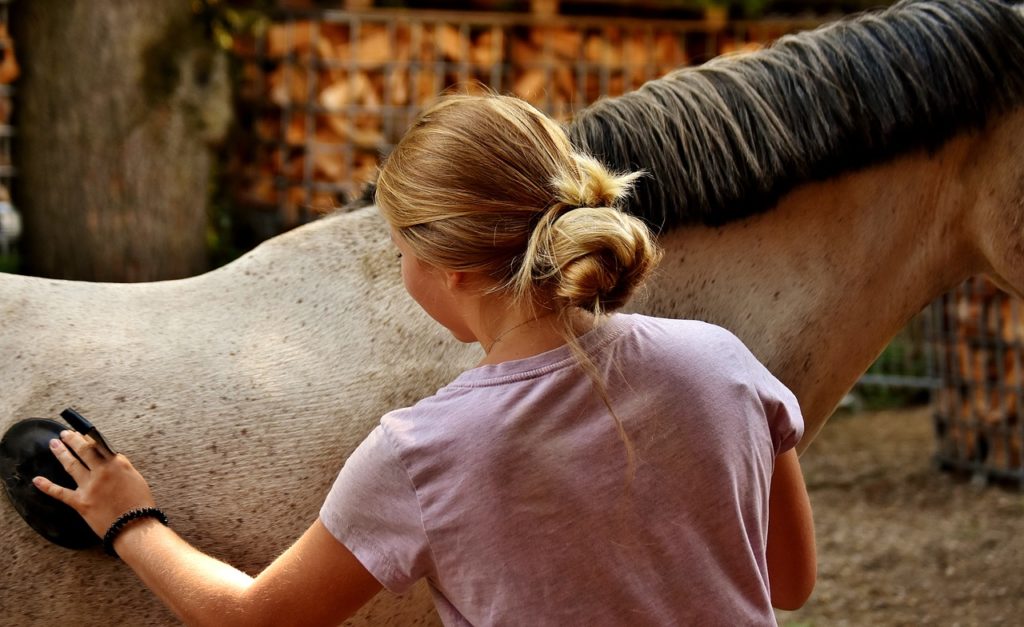
Vary the pleasures by using brushes or massage gloves
We advise you not to handle your horse without a minimum of physical knowledge. This will avoid unnecessary injuries. Always massage your horse's fleshy parts (muscles) in circular movements with the palm of your hand, or with a massage tool if you have one (glove, brush, etc.). You can also use creams and balms specifically formulated for massages, available in specialist stores.
We hope you enjoyed this article,
See you soon,
The Seaver team